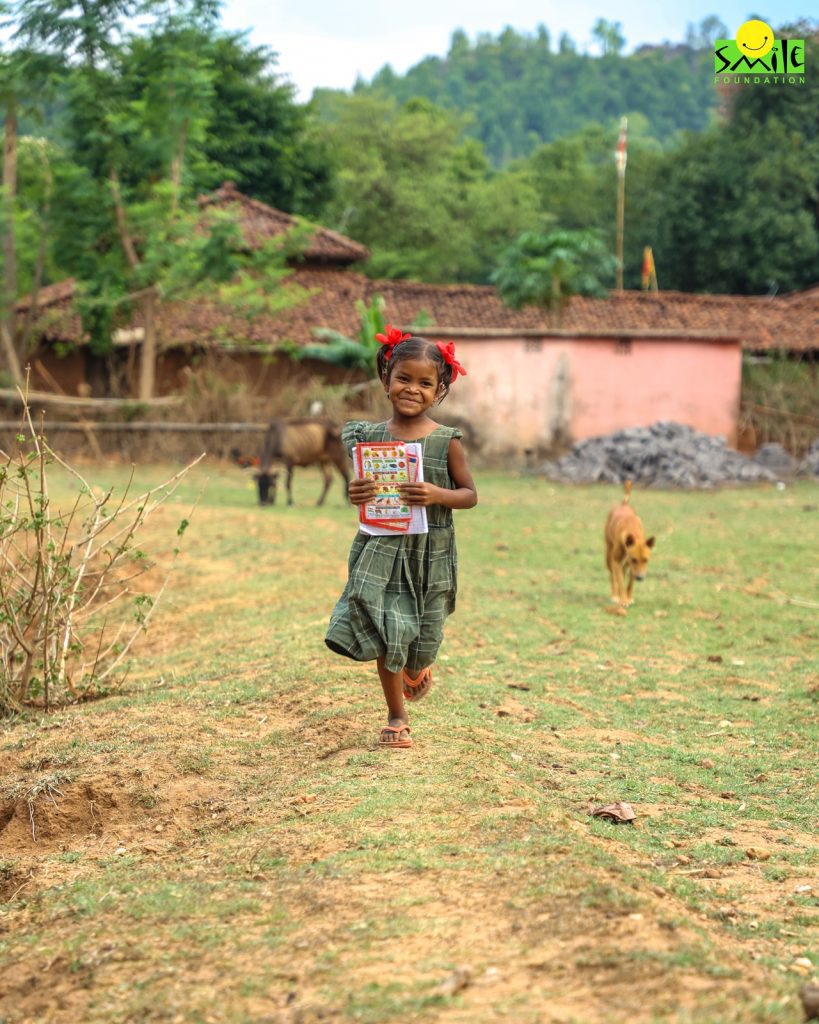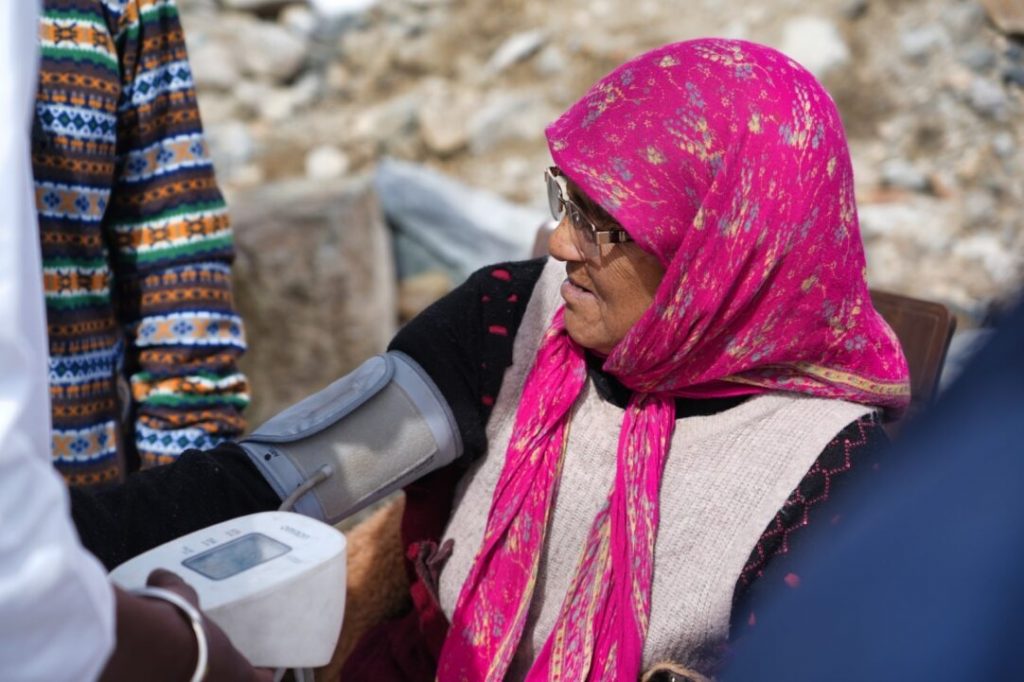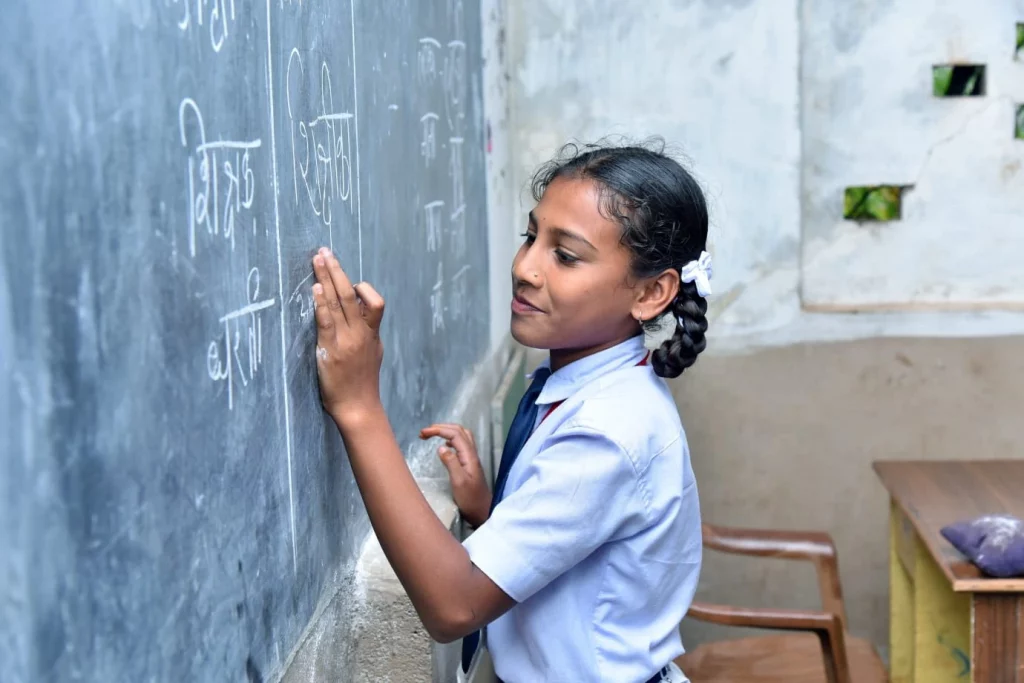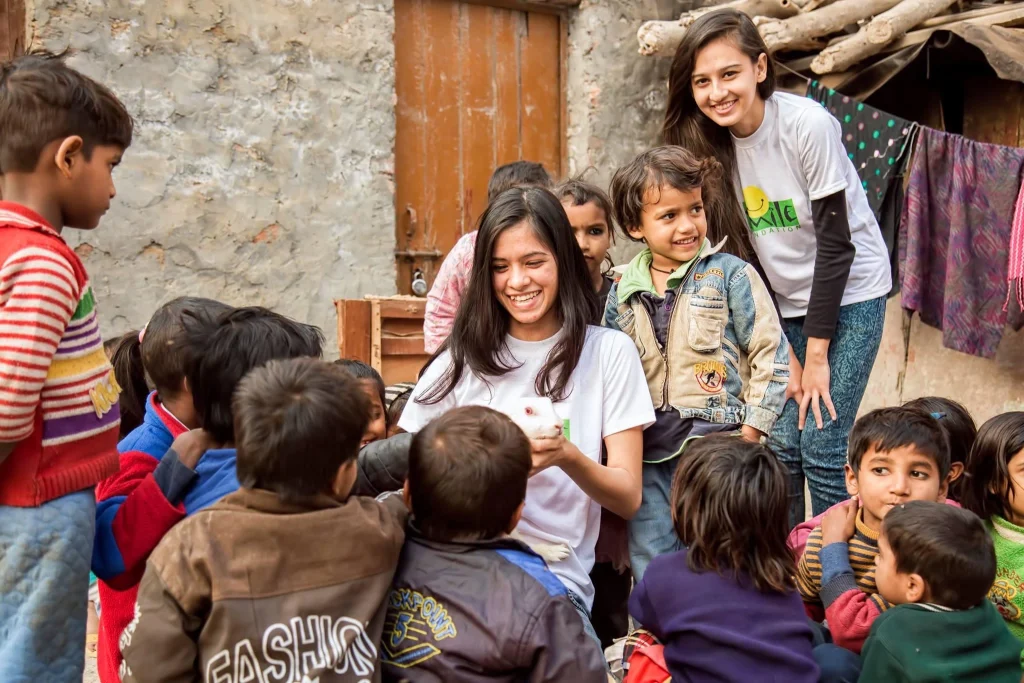STEM education and professions are the careers of tomorrow. STEM stands for Science, Technology, Engineering, and Mathematics. It is no doubt that the world is rapidly moving towards innovation in these fields.
Newer opportunities are being created for growth and it is creating new avenues in the job market. However, even today, the share of women in STEM remains low as compared to men. This is not only restricted to STEM professions but also education.
Only 28 percent: Women in STEM
According to reports, out of the total workforce engaged in STEM fields, only 28 percent are women. This disparity further widens when we look at areas like engineering and computer science. Another report by the World Bank suggests that only 18 percent of the girls/women studying at the tertiary level are enrolled in STEM education. This is much lesser as compared to boys/men for whom the number stands at 35 percent.
Only 33% of researchers, 22% of artificial intelligence professionals, and 28% of engineering students worldwide are women. The situation in STEM education is grim across the globe, including in developed countries like the United States, the United Kingdom, and Canada. In these countries, the percentage of women who are graduating from STEM fields stands at 34, 38, and 31 percent respectively,
This disparity in STEM education is reflected in India as well with only 43 per cent of the graduates being women. While the situation is comparatively better than in many other countries, its impact on women’s participation in the STEM workforce is limited.
Even with an increasing number of women STEM graduates, their participation in STEM-related jobs remains poor and stands close to 14 percent. These are worrying statistics because the overall participation of women in the labour force also needs significant improvement.
Women in Workforce
The global labour force participation rate for women is slightly over 50 percent compared to 80 percent for men, according to World Bank figures. Women are less likely to hold formal jobs and have fewer prospects for professional advancement or business growth.
Women make less money while they work. The same data also suggests that the labour force gap between men and women in India stands at 57 percent. This shows that women are not participating actively in the workforce in India.
The Covid-19 pandemic has exacerbated this problem of the gender gap in the labour force because of various reasons. Women already faced societal restrictions as they are seen fit to take care of the households. The pandemic created a situation where women were further pushed within the households taking up more unpaid labour of managing the family while men go out to earn the living.
Numbers To Put Things Into Perspective
As per Deloitte India, 65 percent of the women wanted to leave work at the time of pandemic as the working from home became normal. This could be because of the huge disparity in sharing of household work among men and women. At the same time, the responsibility of taking care of children also falls on women.
Data also suggests that women’s participation in the workforce fell from 42 percent to 39.9 per cent after the pandemic. According to recent research, employed women in India have a 14–20% lower chance of receiving marriage offers. Combining all these factors, we can understand why women’s participation in work is comparatively lower.
Only 21.49 percent of all start-ups or 13.41 per cent of non-agricultural companies are run by women in India. This shows that the country also performs poorly on the index of female entrepreneurship. There are many structural obstacles, including few opportunities for women to enter certain business sectors.
The most notable obstacle to starting a business, however, is the availability of financing. According to a poll of women in four locations, this obstacle was cited by about 70% of respondents.
Reducing the Gender Gap in STEM
One of the biggest challenges in STEM education and employment is gender disparity. While the trend is similar around the globe, the gender gap in stem India needs special focus. This is because the country is already struggling with gender equality on other parameters.
If women in India are able to access STEM fields more easily, it will help in bringing a transformation in science and overall work culture in the country. The biases related to employment in India are many.
Research has found that when there are lesser jobs in the market, it is believed that men should be given preference in employment. This disparity further widens based on the caste or religion of the individual. For example, lesser Muslim women are formally employed in India as compared to Hindu or Christian women. This number is much lower in STEM fields.
So, to improve the overall state of labour force contribution and gender equality in work, there is an immediate need to focus on fields that are considered to be careers of tomorrow. If women get the opportunity to enter STEM fields today, they may be able to lead the companies of tomorrow. This will also help in the economic growth of the country and will boost the GDP.
STEM to STEAM for Women Too
Equipped with 21st-century skills and knowledge, women will become employable and bring a positive transformation in scientific research. There is already a lot of work being done in this area and more awareness needs to be generated to achieve the right goals.
To make the spectrum broader, Arts as a field is also integrated with STEM to create STEAM. Similarly, there is STEAM which includes writing and reading as core disciplines too. The idea is to make new-age education and skills more accessible for everyone, especially women. If we continue on the correct path, we may achieve equal employability for women in India and around the globe in the future.
Smile Foundation and Education of Girls/Women
She Can Fly initiative of Smile Foundation is aimed at enabling and empowering girls and women to become self-reliant and rise up to their full potential through interventions in education, vocational and skill training, and healthcare and nutrition.
Connect with us today to learn more and help girls/women in getting their well-deserved places in decision-making. Decisions that change the course of history.










